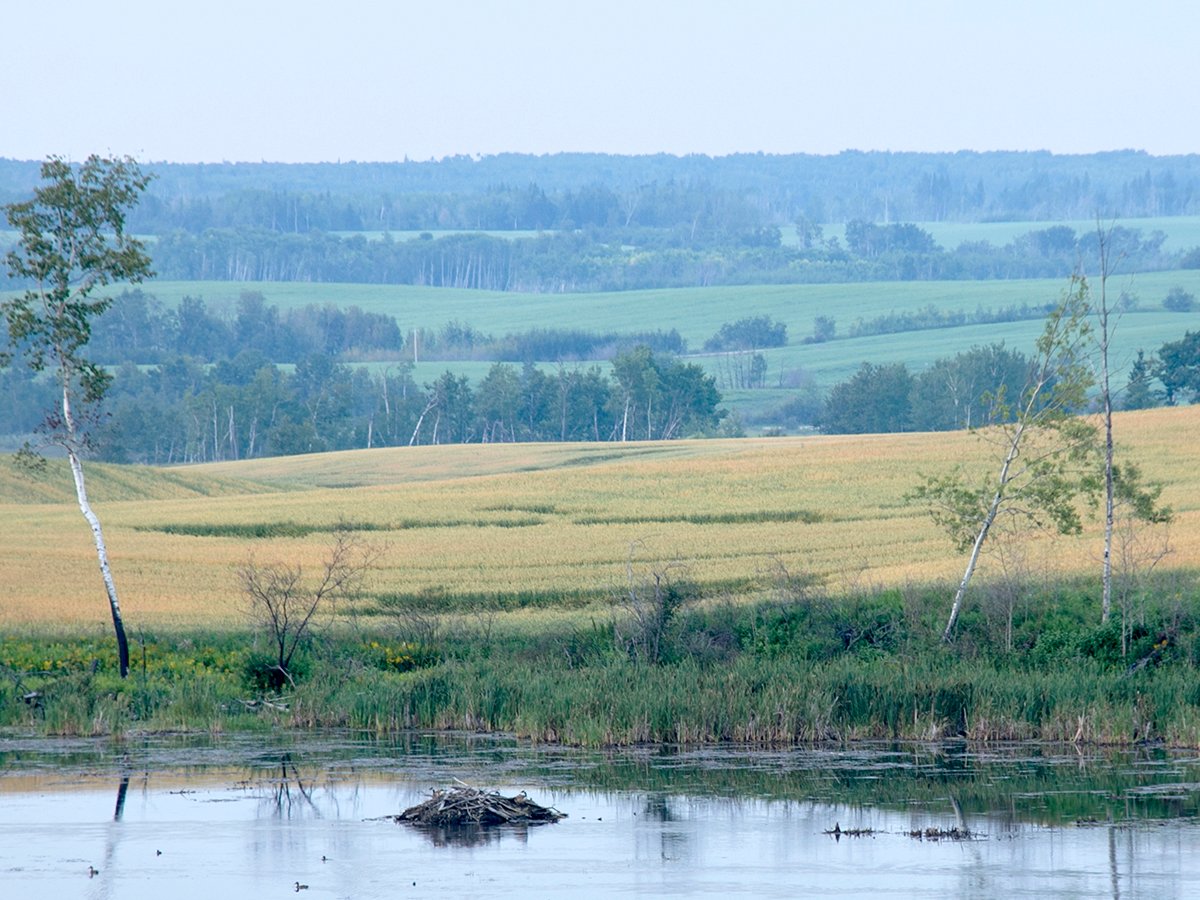What is the difference between seasonal flu and an H1N1 flu pandemic?
Pandemic flu:
- Symptoms are more severe and affect a wide swath of the population.
- Slow recovery time.
- Happens only two or three times a century. Pandemics tend to come in two or three waves with each wave lasting about two months.
Seasonal flu:
- Symptoms in general population are not severe, usually only seriously affects the very young, the very old or the critically ill.
- Most recover within a few weeks.
- Occurs annually, usually striking from November through April.
Read Also

Intergenerational rollover rules can help succession plans
One of the most significant concerns in succession planning for farmers is the tax bill that can come with passing the farm to the next generation.
What’s the best way to disinfect my home?
Flu viruses remain infectious for two to eight hours on soft surfaces. On non-porous surfaces, they can survive for a few days.
The virus can be destroyed with heat, chemical cleaners with chlorine, hydrogen peroxide, detergents, iodine-based antiseptics and alcohol-based cleaners.
Can I get a vaccine to protect me against H1N1?
GlaxoSmithKline is manufacturing 50.4 million doses of the H1N1 vaccine for Canadians.
The federal government will pay 60 percent of the $400 million cost, while the provinces and territories will cover the rest. The first supply of vaccine will likely be ready in mid-November.
Meanwhile, officials are working out which groups should receive the vaccine first in the event there is a shortfall of the vaccine at the beginning of the flu season. So far, priority groups include health-care workers, people with pre-existing chronic conditions, residents of remote communities and those under age 50 – a group hit unusually hard by the H1N1virus.
What flu signs require urgent medical attention?
In adults, emergency warning signs include:
- Difficulty breathing or shortness of breath.
- Bluish or grey skin colour.
- Bloody sputum.
- Chest pains.
- Sudden dizziness or confusion.
- Severe or persistent vomiting.
- High fever lasting more than three days.
- Symptoms improve, then return with fever and worse cough.
- Low blood pressure.
In children, emergency warning signs include:
- Fast or laboured breathing.
- Bluish or grey skin colour.
- Poor fluid intake.
- Severe or persistent vomiting.
- Not waking or interacting with others.
- Doesn’t want to be held.
- Symptoms improve, then return with fever and worse cough.
Western Canadian deaths from H1N1 as of Sept. 8:
B.C. 4
Alta. 8
Sask. 4
Man. 7
CANADA 73
Web resources:
- Check www.fightflu.ca for more information.
- Check www.voyage.gc.ca for travel notices and advisories.














